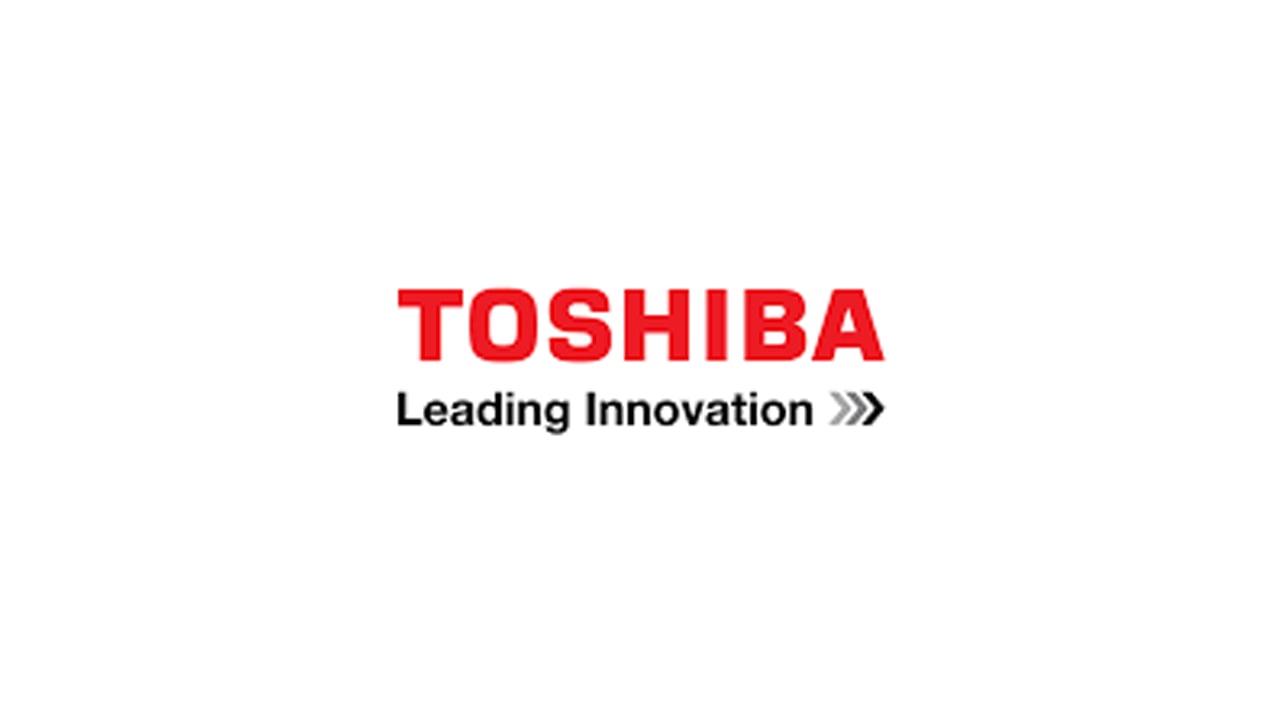According to the latest report, Toshiba’s subsidiary will increase capital spending in the new fiscal year starting in April to expand the capacity of power semiconductor devices at its main production base amid strong demand.
Moreover, Toshiba Electronic Devices & Storage has earmarked an investment of 100 billion yen ($839 million) for fiscal 2022, about 45 percent higher than its estimate of 69 billion yen for fiscal 2021.
The funding will fund the construction of a new manufacturing facility at the site of production subsidiary Kaga Toshiba Electronics in Ishikawa Prefecture, which is scheduled to begin in spring 2023.
Join tip3x on Telegram
Furthermore, it will also include the installation of a new production line within the existing structure. The upgrade is expected to increase Toshiba’s power semiconductor production capacity by about 150 percent.
Power devices are widely used for power supply and control in electronic equipment, helping to reduce energy loss. With the acceleration of carbon neutrality and the electrification of vehicles, the demand for power devices is increasing.
In addition, the capacity expansion will cover not only power devices made from silicon wafers but also next-generation chips using silicon carbide and gallium nitride as wafers.
Toshiba will also expand its investment in hard drives, another major product category. It has developed technology to increase storage capacity to over 30 TB, or more than 70 percent above currently available levels, and is working on early commercialization.
 Toshiba Electronic Devices & Storage is envisioning the growth of hard disk drives for data centers and power equipment and is urgently ramping up investment in both areas. To strengthen its focus, the segment restructured its business in fiscal 2020, ending new developments in the system-on-a-chip business.
Toshiba Electronic Devices & Storage is envisioning the growth of hard disk drives for data centers and power equipment and is urgently ramping up investment in both areas. To strengthen its focus, the segment restructured its business in fiscal 2020, ending new developments in the system-on-a-chip business.
Besides, Toshiba has earmarked 290 billion yen to invest in the equipment business over the five years to fiscal 2025, compared with 150 billion yen in the previous five-year period. The group has used about 60% of its budget in the first two years of its current five-year term and will consider spending more if necessary.
Previously, the group had announced plans to split into three companies targeting infrastructure, equipment, and a semiconductor memory. But major shareholders have objected to this, and it is uncertain whether the spin-off will be realized.












